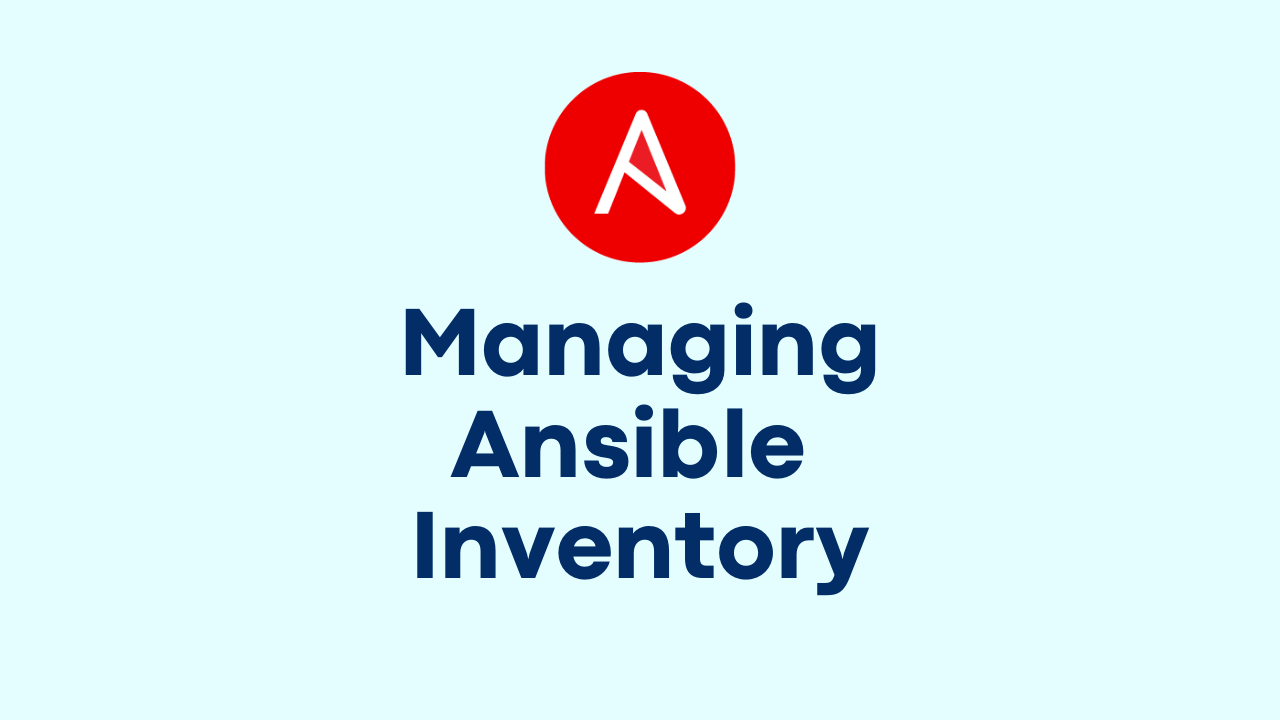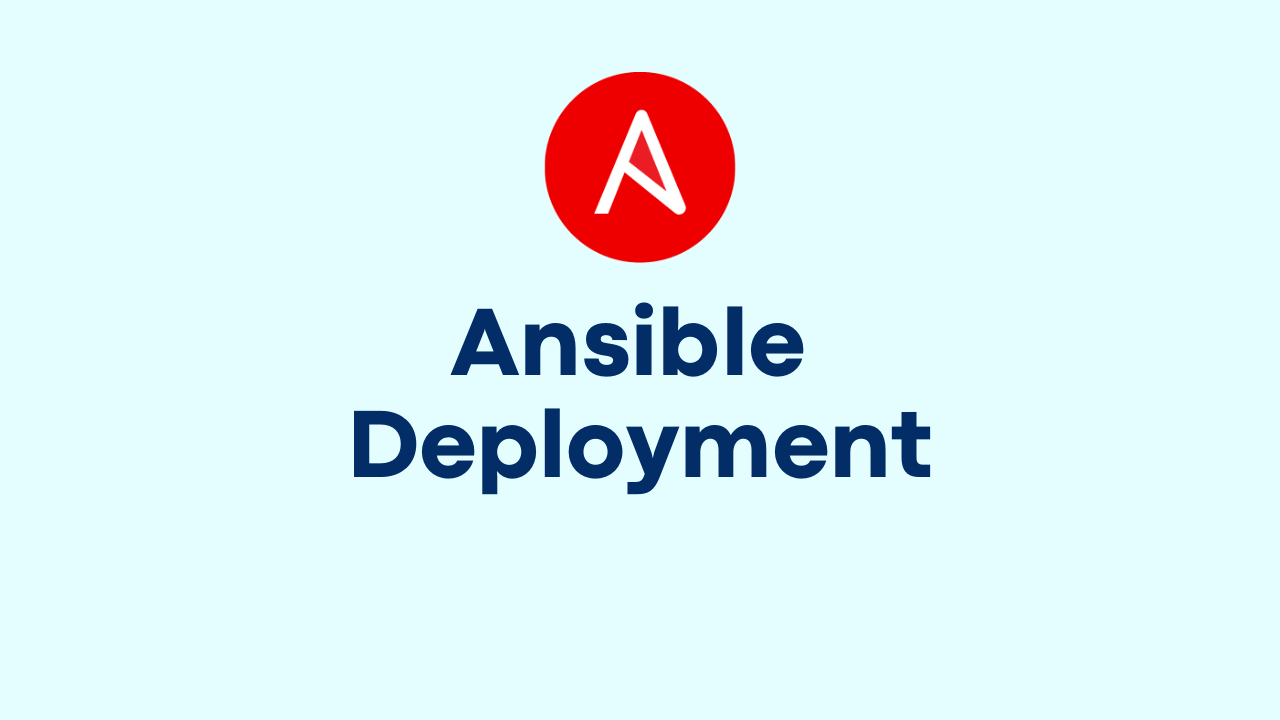Installing Python Modules in Disconnected Environments
-
 Gineesh Madapparambath
Gineesh Madapparambath
- Ansible, Automation, Cloud
- August 1, 2018

Installing a python module or package (any applications) is very easy if you have internet connection and access to public repo or private repo.
Eg:
$ pip install pywinrm
But what if your production server do not have internet access and your repo server do not have this package to be installed ?
Here is the simple scenario; I am automating Window machines using Ansible . For Windows modules to work I need pywinrm module to be installed on the Ansible machine and I do not have internet access on Ansible.
Refer all Ansible Learning Guides here.
If the module or library do not have dependancies, then you simply download the package pypi.org/project/pywinrm and transfer this Ansible machine (or the machine which do not have internet access). But in our case, the pywinrm module have dependancies and we do not know what are the dependancies to be installed.
There is an easy method we can follow in this situation.
Identify the Python version on target machine
It is important to identify the target machine Python version and details before you download the libraries and packages.
Execute the following command to check the Python details on the target machine.
$ python -m pip debug --verbose
- Identify Python version and ABI (examples: cp311, cp312).
- Platform tag (examples: manylinux2014_x86_64 for most glibc-based Linux; musllinux for Alpine; win_amd64 for Windows).
E.g:
...
Compatible tags: 714
cp311-cp311-manylinux_2_28_x86_64
cp311-cp311-manylinux_2_27_x86_64
cp311-cp311-manylinux_2_26_x86_64
...
Download the package from machine with internet access
From a machine which is connected to internet, download the packages and dependancies using pip download command. (We will download the package and dependencies to a directory to avoid mix-up)
Create a directory as repository to keep the packages and dependancies.
user@node1 $ mkdir pywinrm-local
pip download pywinrm \
-d ./pywinrm-local \
--platform manylinux_2_17_x86_64 \
--python-version 311 \
--implementation cp \
--abi cp311 \
--only-binary=:all:
Note: If you have multiple files to download, then you can also use a requirements.txt and download them as follows.
# Download everything required by your requirements file
pip download -r ./requirements.txt \
-d ./python-packages \
--platform manylinux_2_17_x86_64 \
--python-version 311 \
--implementation cp \
--abi cp311 \
--only-binary=:all:
Now transfer the directory and content to target machine (disconnected machine) – the Ansible control node in our scenario – using any of the available methods. (scp, sftp, WinSCP etc)
user@node1 $ scp -rp pywinrm-local user@ansible-controlnode:/home/user/pywinrm-local
Install package on the disconnected machine
Verify the transferred packages and dependancy file; you will see all the .whl files inside.
user@ansible-controlnode $ ls -l pywinrm-local
total 6696
-rw-r--r-- 1 user user 149195 3 Jan 15:14 certifi-2021.10.8-py2.py3-none-any.whl
-rw-r--r-- 1 user user 178951 3 Jan 15:14 cffi-1.15.0-cp39-cp39-macosx_10_9_x86_64.whl
-rw-r--r-- 1 user user 39257 3 Jan 15:14 charset_normalizer-2.0.9-py3-none-any.whl
-rw-r--r-- 1 user user 2558077 3 Jan 15:14 cryptography-36.0.1-cp36-abi3-macosx_10_10_x86_64.whl
-rw-r--r-- 1 user user 61160 3 Jan 15:14 idna-3.3-py3-none-any.whl
-rw-r--r-- 1 user user 29980 3 Jan 15:14 ntlm_auth-1.5.0-py2.py3-none-any.whl
-rw-r--r-- 1 user user 118697 3 Jan 15:14 pycparser-2.21-py2.py3-none-any.whl
-rw-r--r-- 1 user user 44274 3 Jan 15:14 pywinrm-0.4.2-py2.py3-none-any.whl
-rw-r--r-- 1 user user 62251 3 Jan 15:14 requests-2.26.0-py2.py3-none-any.whl
-rw-r--r-- 1 user user 5717 3 Jan 15:14 requests_ntlm-1.1.0-py2.py3-none-any.whl
-rw-r--r-- 1 user user 11053 3 Jan 15:14 six-1.16.0-py2.py3-none-any.whl
-rw-r--r-- 1 user user 138764 3 Jan 15:14 urllib3-1.26.7-py2.py3-none-any.whl
-rw-r--r-- 1 user user 9170 3 Jan 15:14 xmltodict-0.12.0-py2.py3-none-any.whl
Create a requirements.txt file with all filenames in the repo directory (eg: pywinrm-local )
user@ansible-controlnode $ ls -l pywinrm-local |awk '{print $9}' > pywinrm-local/requirements.txt
Now Install the package using pip command by specifying the source repo directory.
user@ansible-controlnode $ pip install \
-r pywinrm-local/requirements.txt \
--find-links=pywinrm-local \
--no-index
Verify installed Python module
user@ansible-controlnode $ pip list |grep pywinrm
pywinrm 0.4.2
You can use this method for any complex python deployments but just need to make sure all the dependancies are downloaded to the same repo directory.

Gineesh Madapparambath
Gineesh Madapparambath is the founder of techbeatly. He is the co-author of The Kubernetes Bible, Second Edition and the author of Ansible for Real Life Automation. He has worked as a Systems Engineer, Automation Specialist, and content author. His primary focus is on Ansible Automation, Containerisation (OpenShift & Kubernetes), and Infrastructure as Code (Terraform). (Read more: iamgini.com)
Note
Disclaimer: The views expressed and the content shared in all published articles on this website are solely those of the respective authors, and they do not necessarily reflect the views of the author’s employer or the techbeatly platform. We strive to ensure the accuracy and validity of the content published on our website. However, we cannot guarantee the absolute correctness or completeness of the information provided. It is the responsibility of the readers and users of this website to verify the accuracy and appropriateness of any information or opinions expressed within the articles. If you come across any content that you believe to be incorrect or invalid, please contact us immediately so that we can address the issue promptly.


